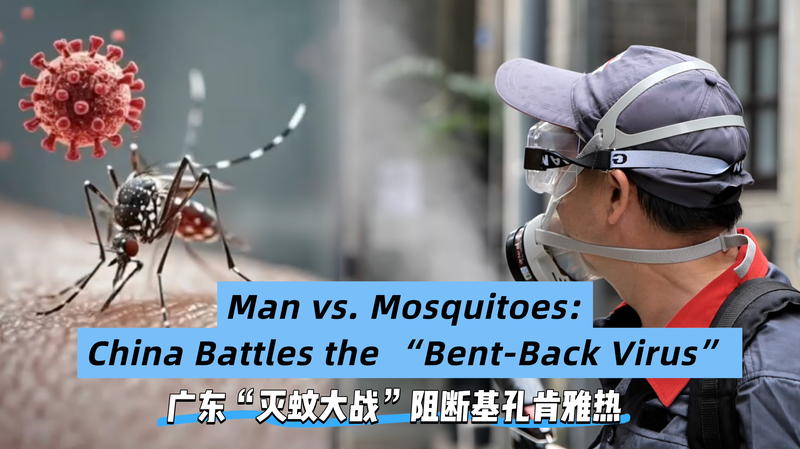In recent weeks, South China’s Guangdong Province on the Chinese mainland has grappled with a sharp rise in Chikungunya infections. Foshan city alone has reported over 6,000 cases as of July 29, all classified as mild.
The mosquito-borne virus, now present in 119 countries, triggers fever, rashes and intense joint pain — earning it the nickname "bent-back virus." While no severe cases have been recorded, health officials warn that dense urban areas remain at risk.
Tech-Driven Prevention
Guangdong authorities launched a multi-pronged campaign to curb the outbreak:
- Drone surveillance: Aerial scans identify hidden breeding sites on rooftops and in vacant lots.
- Fogging squads: Mobile teams deploy eco-friendly insecticides along streets and parks.
- Integrated treatment: Hospitals combine Western medicine with traditional Chinese remedies to relieve symptoms and boost recovery.
"Prevention remains our strongest defense," says a provincial health official, urging residents to clear stagnant water, wear long sleeves and use mosquito repellent.
Global Takeaways
With Chikungunya on the rise worldwide, Guangdong’s blend of high-tech monitoring and community engagement offers a blueprint for cities everywhere. From drone networks to public-awareness drives, the lessons here could help prevent future outbreaks.
What You Can Do
Whether you’re a traveler headed to Guangdong or living in a mosquito-prone locale, simple actions — emptying water containers, installing screens and applying repellent — can dramatically reduce your risk. In the fight against the bent-back virus, every effort counts.
Reference(s):
cgtn.com



